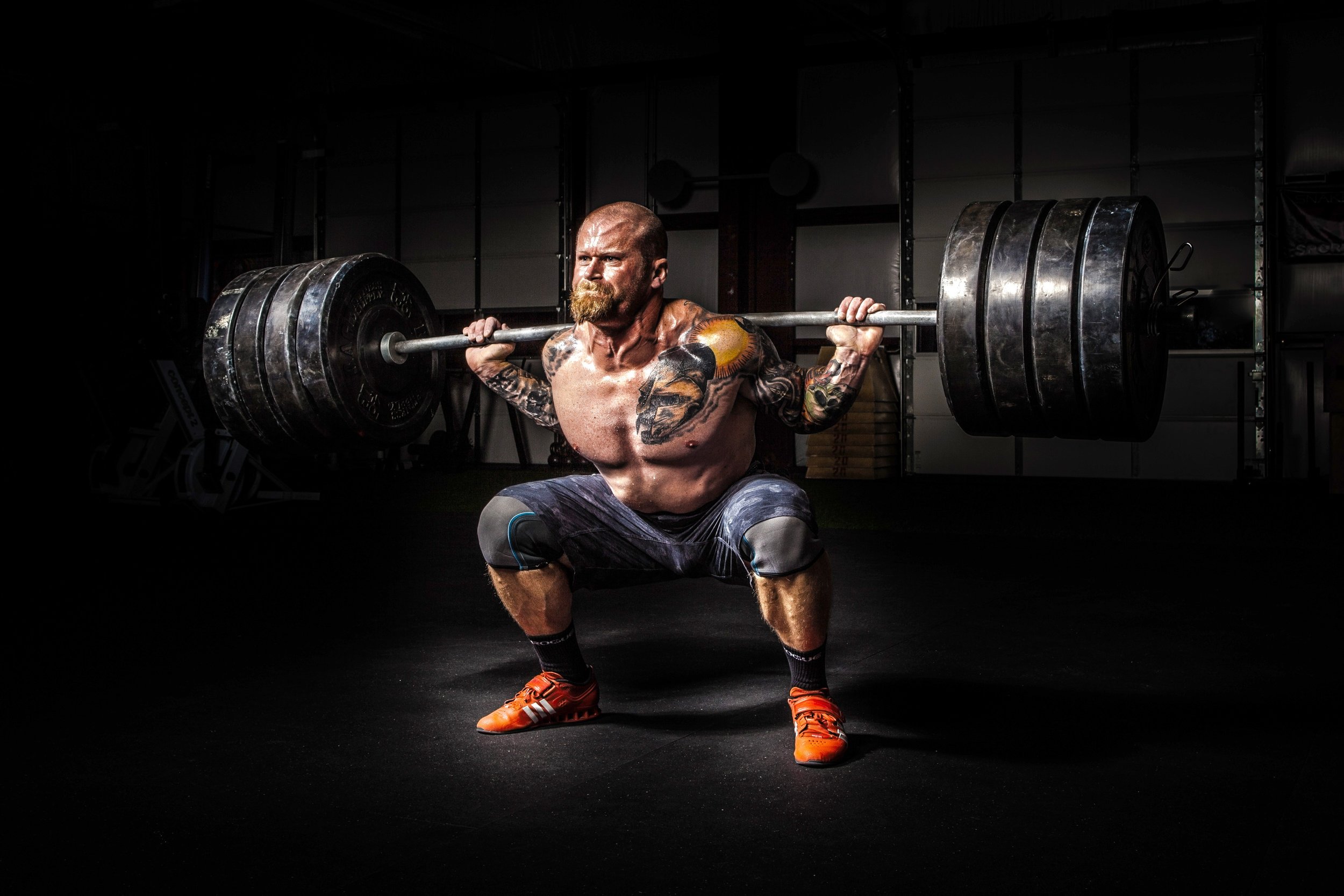The squat, and its multiple variations, remains one the best overall exercises for strength and power development due to its’ ability to effectively target the important muscles of the lower quarter. We often utilize the squat in our Boulder Physical Therapy practice with injured patients as a method of facilitating optimal healing and recovery of injured tissues. In addition, prescribing single leg squats is an effective way to reduce side to side asymmetries and muscle imbalances among patients with lower quarter injuries including low back or knee pain. A recent article examined differences between the bilateral and unilateral squat.
Eliassen and colleagues in the International Journal of Sports Physical Therapy examined participants’ mechanics and muscle activation during 3 conditions of the squat (2018). Participants were asked to perform a bilateral squat, unilateral squat with the foot forward, and unilateral squat with the foot behind them using the same weight for all conditions. The authors found higher muscle activity in the quadriceps and back muscles during the bilateral vs. unilateral squat conditions. Conversely, greater ground reaction forces and higher barbell speeds were found in the unilateral squat indicating greater opportunities for strength and force development, respectively.
The authors recommended utilizing single leg squats for patients in rehabilitation programs including low back pain and knee injuries due to their ability to target the prime movers of the lower quarter while reducing loads on the spine.
Click Here to schedule your next appointment with the experts at MEND

